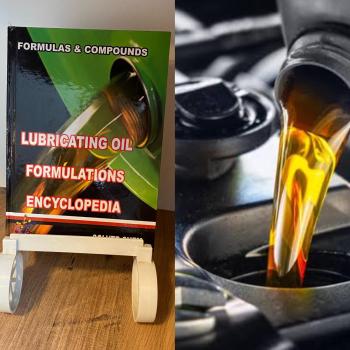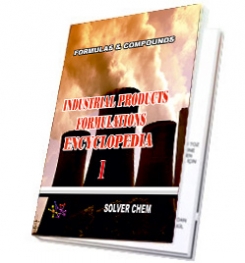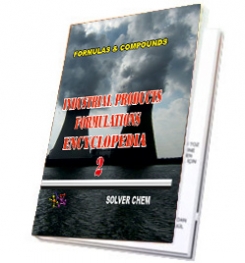
To understand what lubrication is, you first need to understand why we use it. Friction is the force that resists relative motion between two bodies in contact. If friction didn’t exist, nothing would ever stop moving. We need friction to function, but there are instances where you want to be able to reduce the amount of friction present. When you rub your hands together, you create heat because of the friction between the sliding surfaces of your hands. Now imagine rubbing your hands together 3600 times a minute – your hands would be on fire! Similar heat is generated by friction in your machinery. If the lubricant in your equipment has not been appropriately selected with standard operating temperatures, load, speed, etc., in mind, catastrophic failure may result.
You could wipe your bearings or if you stop your motor, for example, and the machine is too hot, you could seize the bearings. Either way, both are costly when you consider time lost, manpower used, and new equipment purchased. In order to avoid failures of this nature, we lubricate our machinery to minimize the resistance to movement, and as a result, minimize the amount of heat produced. The heat that is produced by the equipment is transferred to the oil so that it may be removed by a lube oil cooler. There are a lot of considerations that must be applied when selecting the type of lubricant we need to use: viscosity, additives needed, properties, etc.
Reducing friction and reducing heat are only a couple of the reasons we use lubricants. If you look under a microscope at two surfaces moving across each other, you would see something that looks like two mountain ranges rubbing against one another. As this happens, pieces of the weaker material break off and create smaller abrasive particles, resulting in more broken off pieces, which go on to create more abrasion. It’s a vicious cycle, and the way we prevent this from occurring is by creating a lubrication film. Two of the preferred and most common types of fluid related lubricant films are hydrodynamic and elastohydrodynamic. Hydrodynamic films are present between sliding contacts. The most common example would be a journal bearing.
When a shaft is still, it sits on the bottom of the bearing, but when it starts to move, it tries to “climb” up the side of the bearing. Microscopic layer upon layer of the lubricant create friction with each other and form an oil wedge between the shaft and the bearing, protecting both surfaces. Elastohydrodynamic films are present in rolling contacts, such as ball bearings or roller bearings. In this situation, the softer material makes up the rolling element which actually deforms for a split second to enlarge the contact area between mating surfaces. Here, the oil film thickness is one micron or less, which brings me to another reason for lubrication. We need to minimize foreign particles that may cause damage to this area.
Now in situations where the film layer is only one micron thick, you could imagine that any contaminants that are present can create major damage, so we try to eliminate as many as possible. While we can control the amount of contamination that enters a system by using seals, filters, and other quality controls, it’s impossible to completely eliminate machinery wear, even with the best lubricant films. So what do we do with the wear particles we can’t avoid? Certain additives in lubrication will be attracted to these contaminants, suspend them in the lubricant, and transfer them to filters or other separators installed in the system where they will be removed.
Finally, most places aren’t completely unaffected by humidity. So what does it mean when water and air come into contact with metal? Corrosion, and as we all know, that’s not good for machine operation. So how does a lubricant help with this problem? There are different additives, similar in operation to the additives used for contamination control, which prevent metal surfaces from coming in contact with water. This prevents the production of rust, therefore preventing damage to the metal machine surfaces.
So a lubricant is a substance that reduces friction, heat, and wear when introduced as a film between solid surfaces. Using the correct lubricant helps maximize the life of your bearings and machinery, therefore saving money, time, and manpower, thus making operations more efficient and more reliable.

any engine oil
LUBRICATING OIL
FORMULATIONS
ENCYCLOPEDİA
is enough.
LUBRICATING OIL FORMULATION ENCYCLOPEDIA has many formulations of greases, complex grease, lithium grease production,sodium greases formula, formulation,multigrade engine oils manufacturing process,motor oils making, gear oil production, synthetic engine oils,semi synthetic motor oils,gasoline oils,diesel oils production process,composition of turbine oils,transmission oil manufacturing, production of cycle motor engine, tractor oils,mineral based motor engine production,heat transfer oils, slideway oils formulation, formulations, cutting oils formula,formulas grinding oils,mould oils manufacturing process and etc.
All lubricating oils in the encyclopedia are producible easily.You need no help and no technıcal support. The encyclopedia is enough to produce lubricating oils and engine oils itself.
LUBRICATING OIL
FORMULATIONS
ENCYCLOPEDIA
is written clear and understandable.


HARD BOOK E BOOK
RELATED TAGS: What is engine oils,making synthetic diesel engine oil,semi synthetic engine oil manufacturing process,mineral based engine oil production, heavy duty engine oil formulation,high performance engine oil formula,formulas,properties of motor oils,synthetic motor oil msds, analysis,composition of engine oils,additives of motor oils, mineral engine oil formulation,make semi synthetic diesel engine oil, base oils,synthetic base oils,light neutral oil,heavy neutral oil,performance additives package, properties of diesel engine oil, how to formulate engine oils, types of engine oils, synthetic motor oils,ingredients of engine oils,compounds of engine oils, index of motor oil,characteristic of motor oils,application of motor oils,combination of synthetic engine oils.
SOLVERCHEM PUBLICATIONS

|
|

|
|

|
|
